Westminster Abbey is the venue for an augmented reality exhibition that will transport visitors through the history of Notre Dame Cathedral in Paris. Notre Dame de Paris, The Augmented Exhibition will be in the Chapter House between 7th February and 1st June 2024. It is the only time the exhibition, which began in Dubai and has been seen in America, China, Germany, Canada, and Mexico, will be seen in Britain, and entry is included in the admission price to Westminster Abbey.
An electronic tablet (histopad) will put visitors in the middle of images of Notre Dame throughout its 900-year history. Using the tablet, visitors will be able to see Notre Dame being both built and burned and the rebuilding process, which began in 2021. This will be a historic linking of two of Europe’s major churches. Westminster Abbey is a church that is part of the Anglican communion and is used for the coronation ceremony. Many of England’s medieval kings and queens are buried there, the last royal burial being that of George II in 1760.
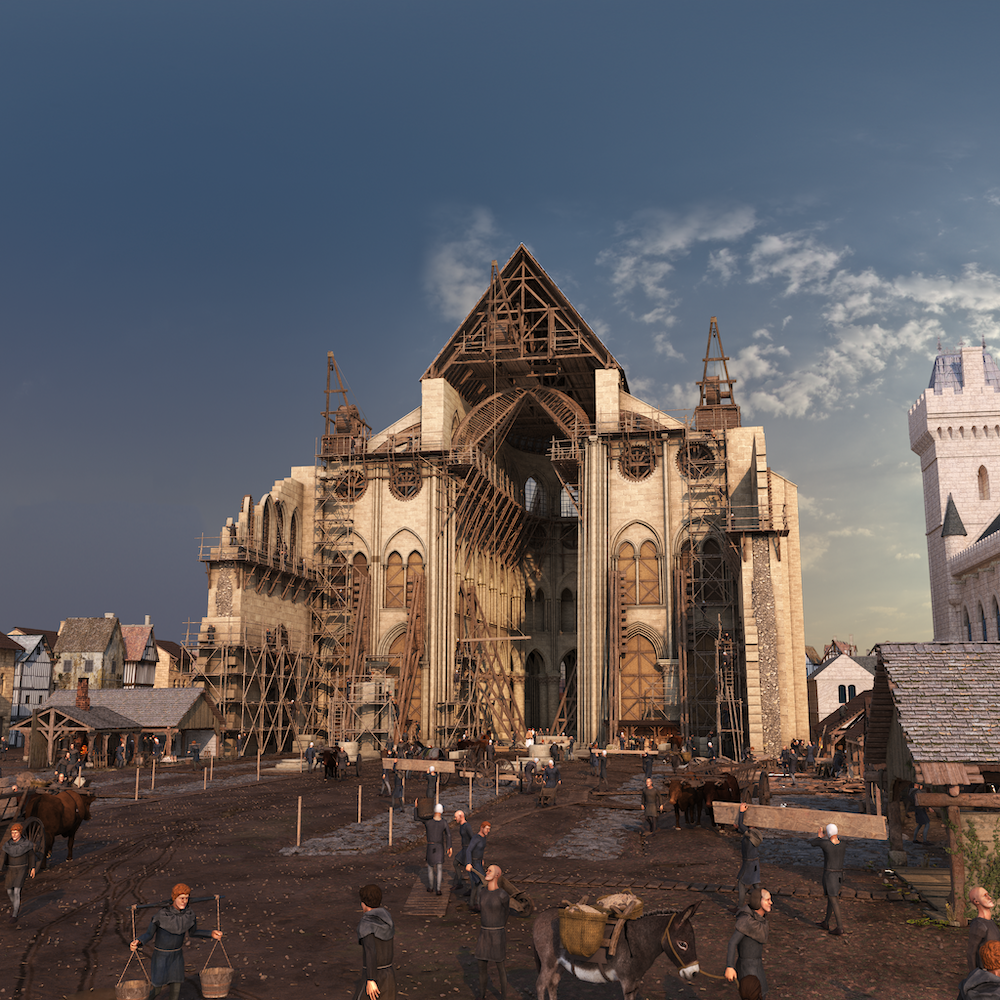 HistoPad Reconstruction – The Gothic Choir in 1180 – Histovery. Photo Credit: © Westminster Abbey.
HistoPad Reconstruction – The Gothic Choir in 1180 – Histovery. Photo Credit: © Westminster Abbey.
‘The Abbey,’ as it is known to London’s Blue Badge Guides, is also the burial place of many famous Britons. Amongst these are Charles Dickens and Geoffrey Chaucer in Poet’s Corner, Charles Darwin, and Isaac Newton in Scientist’s Corner. In Scientists’ Corner are also found the graves of the first man to run a four-minute mile, Roger Bannister, who never made a penny from athletics, which was strictly amateur in his day, and ‘What was mortal of Stephen Hawking’. He was a scientist afflicted with motor neurone disease at the age of twenty-one but who became a major scientific figure and went on to write the famous book A Brief History of Time.
Over 3000 people are buried in Westminster Abbey, some ancient and some recent, many forgotten figures in British history. Amongst others buried there are David Livingstone, the Scottish explorer and missionary, and important political figures such as Benjamin Disraeli and William Gladstone in the part of the church known as Politician’s Aisle. These two men were great rivals in nineteenth-century politics and rarely agreed with each other. They are, perhaps fortunately, not buried next to each other. Gladstone and his wife Catherine are buried in Westminster Abbey, while Disraeli is buried near Hughenden Manor, his home in Beaconsfield, Buckinghamshire.
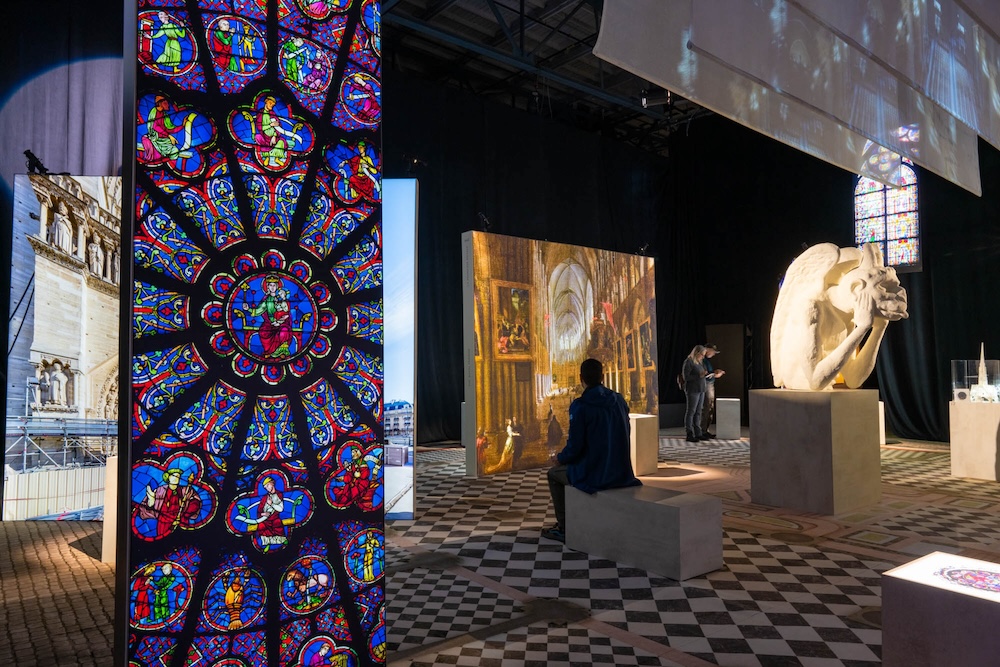
Cathédrale Notre-Dame de Paris
Notre Dame de Paris is a Roman Catholic church in Paris that has seen many major events in French history. The church has medieval origins and was originally built in the twelfth century. It was restored in the nineteenth century after the publication of Victor Hugo’s famous novel The Hunchback of Notre Dame, which was set largely in the church. The cathedral is also where Napoleon crowned himself Emperor of France in 1804 and where General Charles de Gaulle, leader of the Free French resistance movement, celebrated the liberation of France from Nazism with a special mass in 1944.
Notre Dame was badly affected by a major fire in April 2019 and this necessitated a major rebuilding. It was closed after the fire and is not expected to reopen fully until December 2024. The Notre Dame de Paris, The Augmented Exhibition at Westminster Abbey in London, helps to celebrate the restoration and reopening of the church after the damage caused by this fire.
Note: Although this special exhibition is included in the entry price to Westminster Abbey, those who wish to can treat themselves to afternoon tea in the Cellarium in the Abbey Cloisters. This location affords a fine view of the Abbey ceiling, and the menu for this tea is inspired by the French love of cakes and the Parisian reputation for producing fine patisserie. It has been put together by chefs from the Benugo company and includes both French savoury dishes such as Quiche Lorraine and English scones served with clotted cream from Cornwall and Tiptree jam. It can be taken with either tea or coffee, and a glass of sparkling wine can be added. The cost is £35:50 per person, excluding the glass of wine.
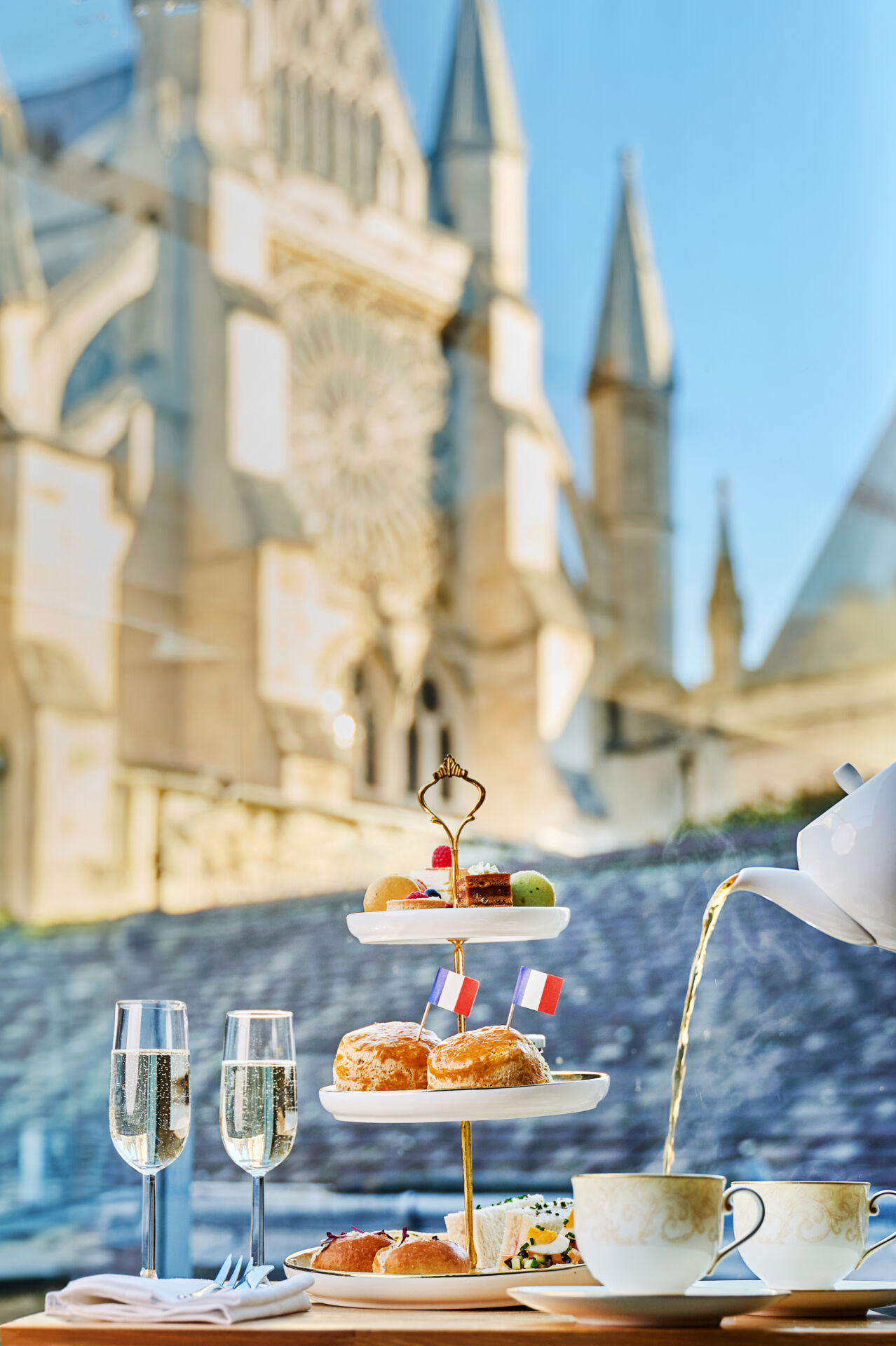 Afternoon Tea at Westminster Abbey in London. Photo Credit: © Westminster Abbey.
Afternoon Tea at Westminster Abbey in London. Photo Credit: © Westminster Abbey.



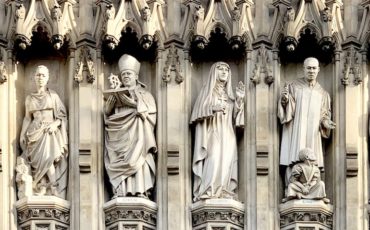
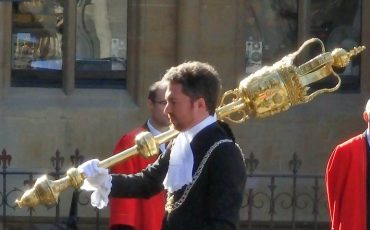


Leave a Reply